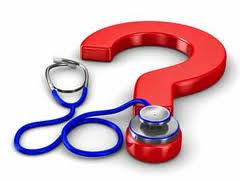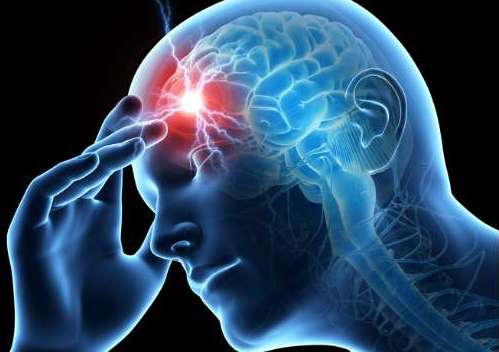Migraine Headaches
Introduction
Migraine management is a weighty topic to cover in this segment, so – in the interests of keeping it manageable – this will be just a brief summary.
I chose this topic today to highlight the fact that – after decades of a stagnant treatment algorithm – several new treatment strategies have emerged in the last couple of years, and these have become game-changers for many.
This piece will focus on classic (with aura) and common (without aura) migraine management. There are several other uniques classifications of migraine, such as cluster migraines, but they are beyond the scope of this article.
Overview
Migraine is a leading cause of disability worldwide. Approximately 15% of Americans experience migraines. Most people who have migraines feel that people who do not have them often underestimate their condition. Migraines affect people’s quality of life and ability to participate in work, family, and social events.
Migraine is a common episodic disorder, the hallmark of which is a disabling headache generally associated with nausea, and/or light and sound sensitivity. It can also become a chronic condition, defined as: greater than 15 headache days per month, lasting greater than 4 hours and sometimes for multiple days per episode.
Some people even develop chronic daily migraine headaches.
Symptoms and Causes
A migraine can cause severe throbbing pain or a pulsing sensation, usually on one side of the head. It’s often accompanied by nausea, vomiting, and extreme sensitivity to light and sound. Migraine attacks can last for hours to days, and the pain can be so severe that it interferes with your daily activities.
For some people, a warning symptom known as an aura occurs before or with the headache. An aura can include visual disturbances, such as flashes of light or blind spots, or other disturbances, such as tingling on one side of the face or in an arm or leg and difficulty speaking.
Though migraine causes aren’t fully understood, genetics and environmental factors appear to play a role.
Changes in the brainstem, and its interactions with the trigeminal nerve (a major pain pathway), might be involved. So might imbalances in brain chemicals — including serotonin, which helps regulate pain in your nervous system.
Researchers are studying the role of serotonin in migraines. Other neurotransmitters play a role in the pain of migraine, including calcitonin gene-related peptide (CGRP).
There are a number of migraine triggers, including:
- Hormonal changes in women
- Drinks – including alcohol (especially wine) and caffeine
- Stress
- Sensory stimuli
- Sleep changes
- Physical factors
- Weather changes
- Medications
- Foods
- Food additives
Diagnosis & Treatment
Initial Diagnosis

If you have migraines or a family history of migraines, a doctor trained in treating headaches will likely diagnose migraines based on your medical history, symptoms, and a physical and neurological examination.
Advanced Diagnosis
If your condition is unusual, complex or suddenly becomes severe, tests to rule out other causes for your pain might include:
- MRI. An MRI scan uses a powerful magnetic field and radio waves to produce detailed images of the brain and blood vessels.
- CT scan. A CT scan uses a series of X-rays to create detailed cross-sectional images of the brain.
Treatment
Migraine treatment involves acute (abortive) and preventive (prophylactic) therapy. Patients with frequent attacks usually require both. Measures directed toward reducing migraine triggers are also generally advisable.
Acute treatment aims to reverse, or at least stop, the progression of a headache that has started. Preventive treatment, which is given even in the absence of a headache, aims to reduce the frequency and severity of the migraine attack, make acute attacks more responsive to abortive therapy, and perhaps also improve the patient’s quality of life.
Acute (abortive)
- Reduce migraine triggers
- Non-pharma treatment devices
- Cerena TMS (with some limits)
- vNS
- REN
- NSAIDs
- Ergots
- Triptans
- CGRP antagonists
- Ubrelvy
- Nurtec ODT
- Ditans (5-HT1F agonists)
- Reyvow
Preventive (prophylactic)
Antiepileptics
Antidepressants
Antihypertensives
Botulinum toxin
- Calcitonin gene-related peptide (CGRP) inhibitors
- Aimovig
- Ajovy
- Emgality
- Vyepti
The treatments listed in red are relatively new and have added additional valuable avenues toward migraine relief.
Here is an excellent reference article that provides more detailed information: Migraine Headache Treatment and Management
So tell us YOUR story!
Ask questions!
Disclaimer: This is an informational post designed to foster discussion. It should not substitute for the advice of your doctor.
